Our mission is to provide children with the opportunity to learn by doing - the key to developing curiosity about the world and becoming enthusiastic life-long learners!
"Every Day is a Nature Day”
Our mission is to provide kids with a joyful, safe, and nurturing environment that expands their natural curiosity. Combining our one of a kind nature curriculum has been designed over decades to go way beyond preparing children for elementary school. Along the way, Peter Pan kids develop skills that really do last a lifetime--problem solving, collaboration, resilience, creativity and a love of learning. Most important of all, we understand that kids learn best when they're having fun. That's why we make play-based learning the centerpiece of every minute of our daycare and preschool programs.
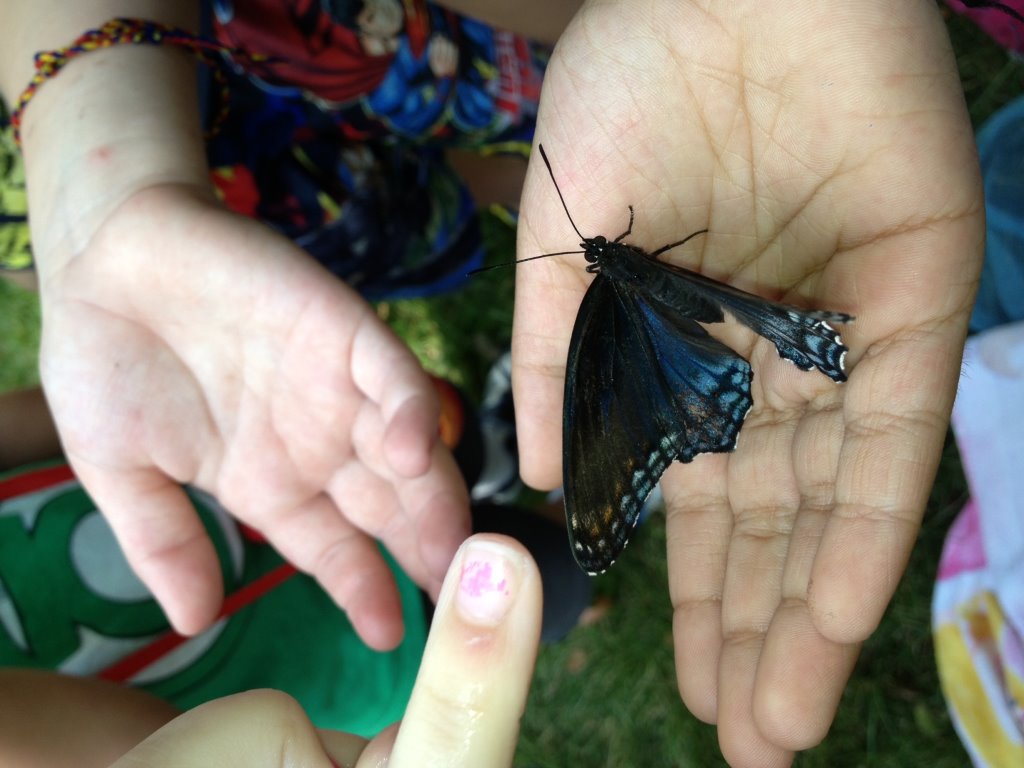

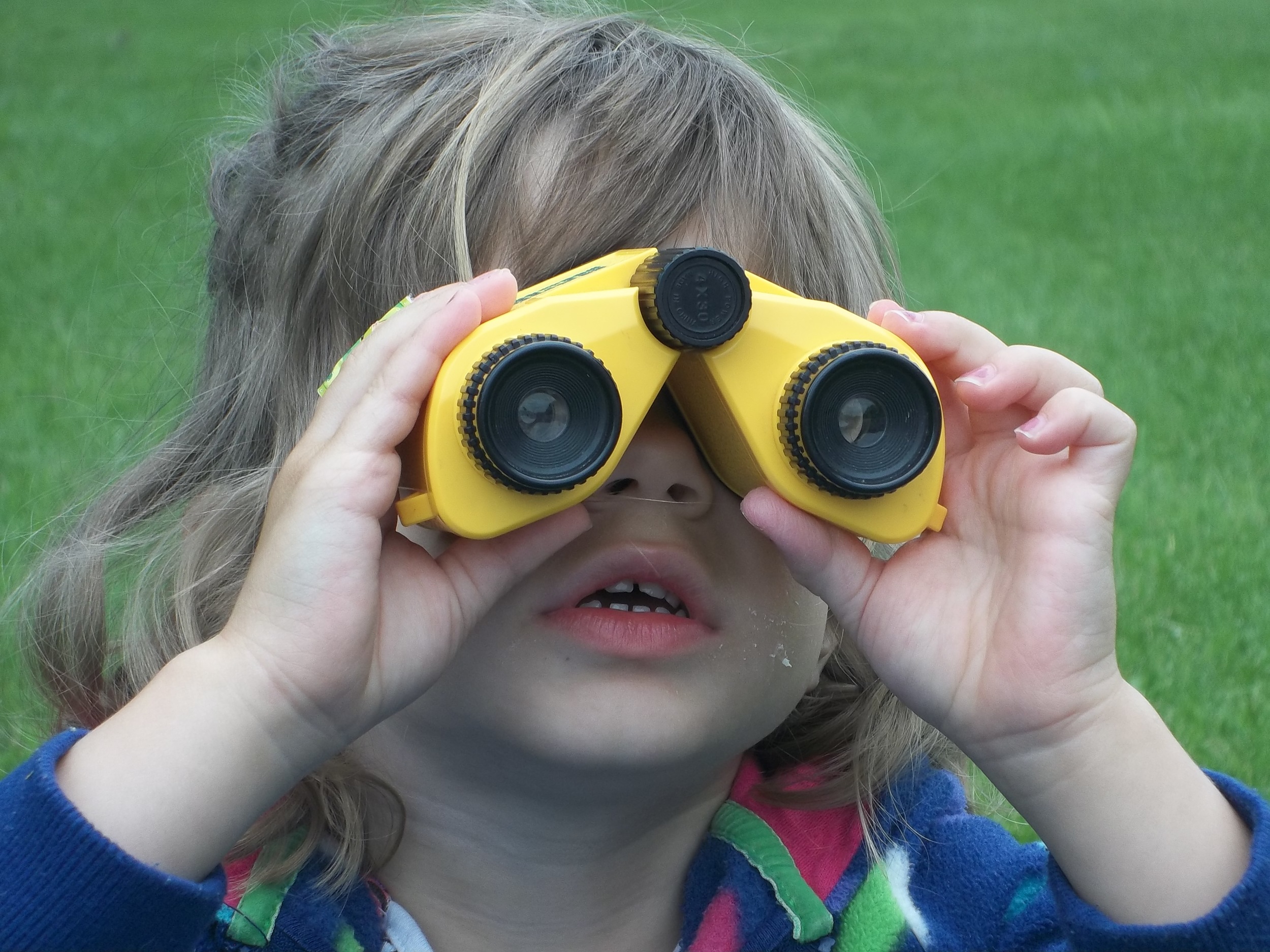
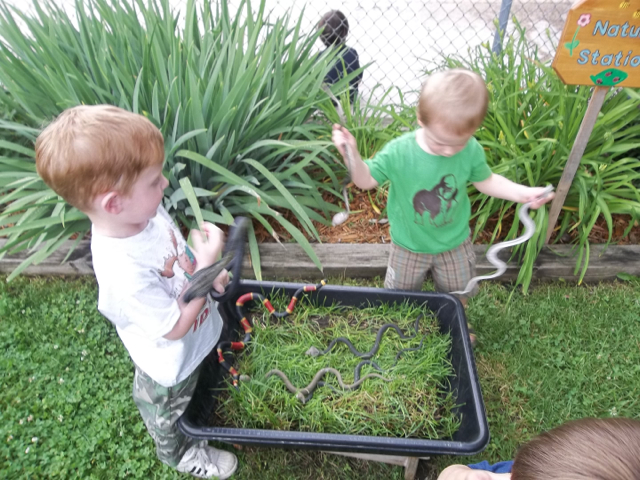
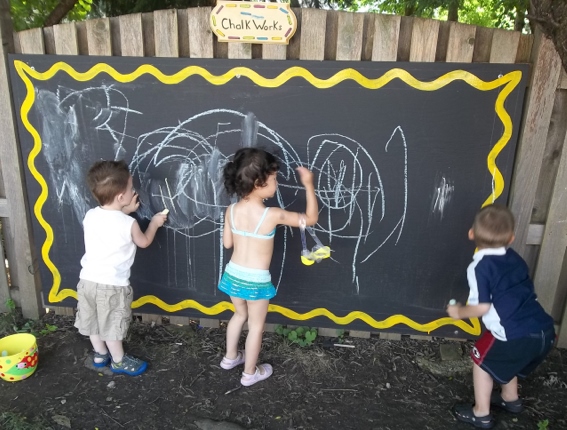
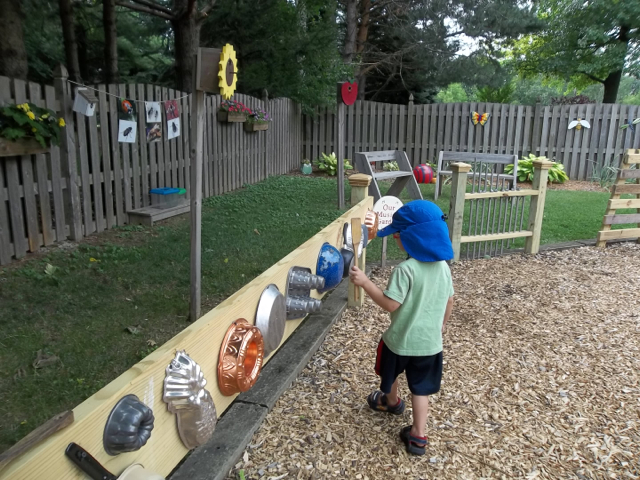
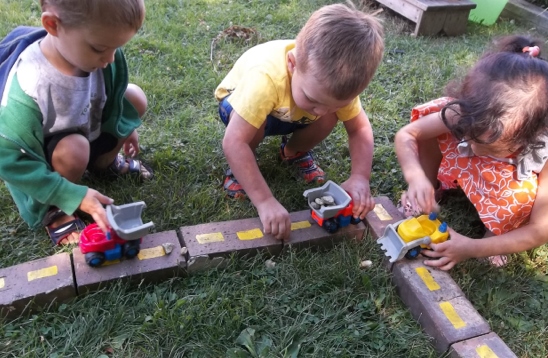
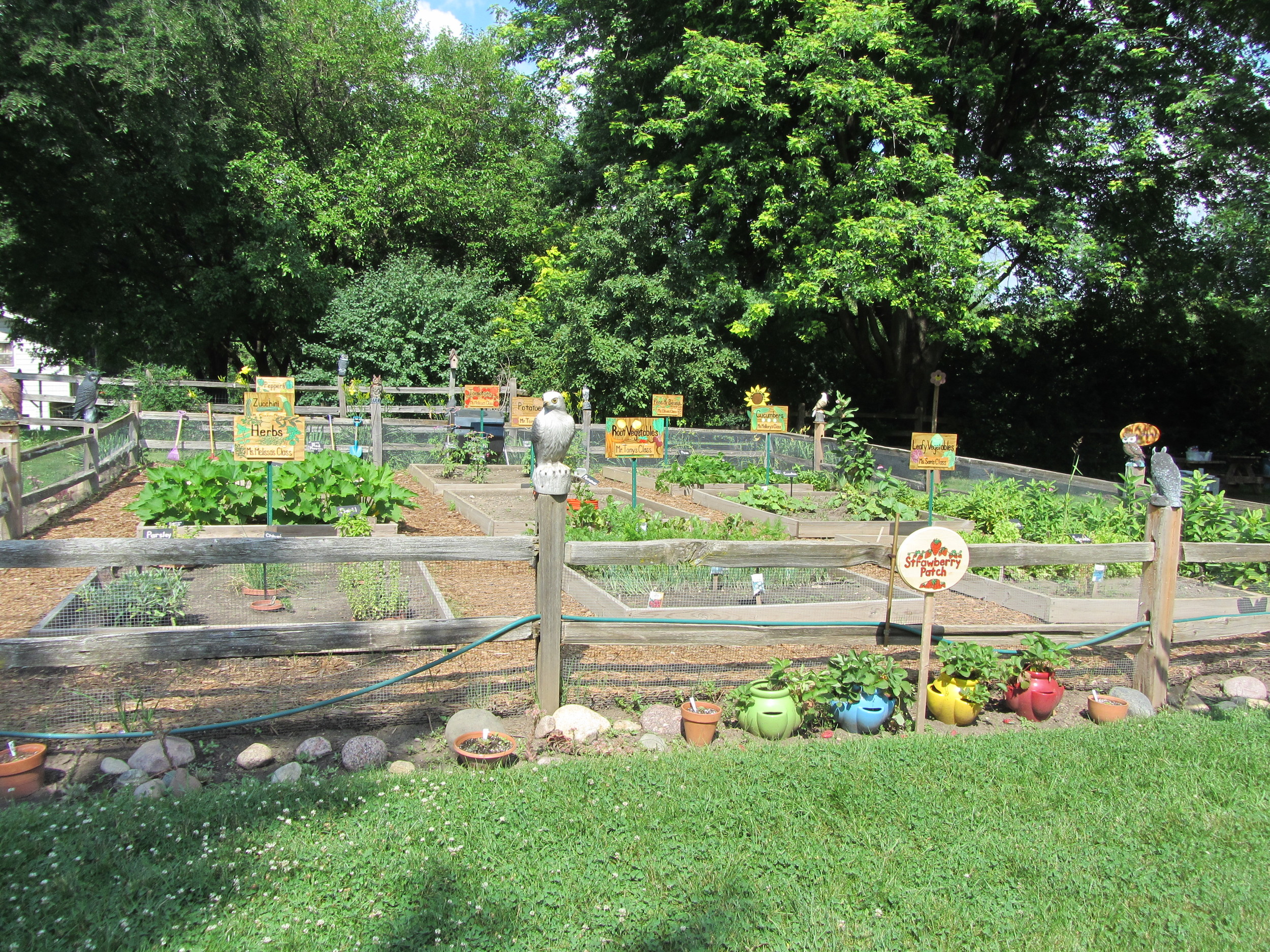

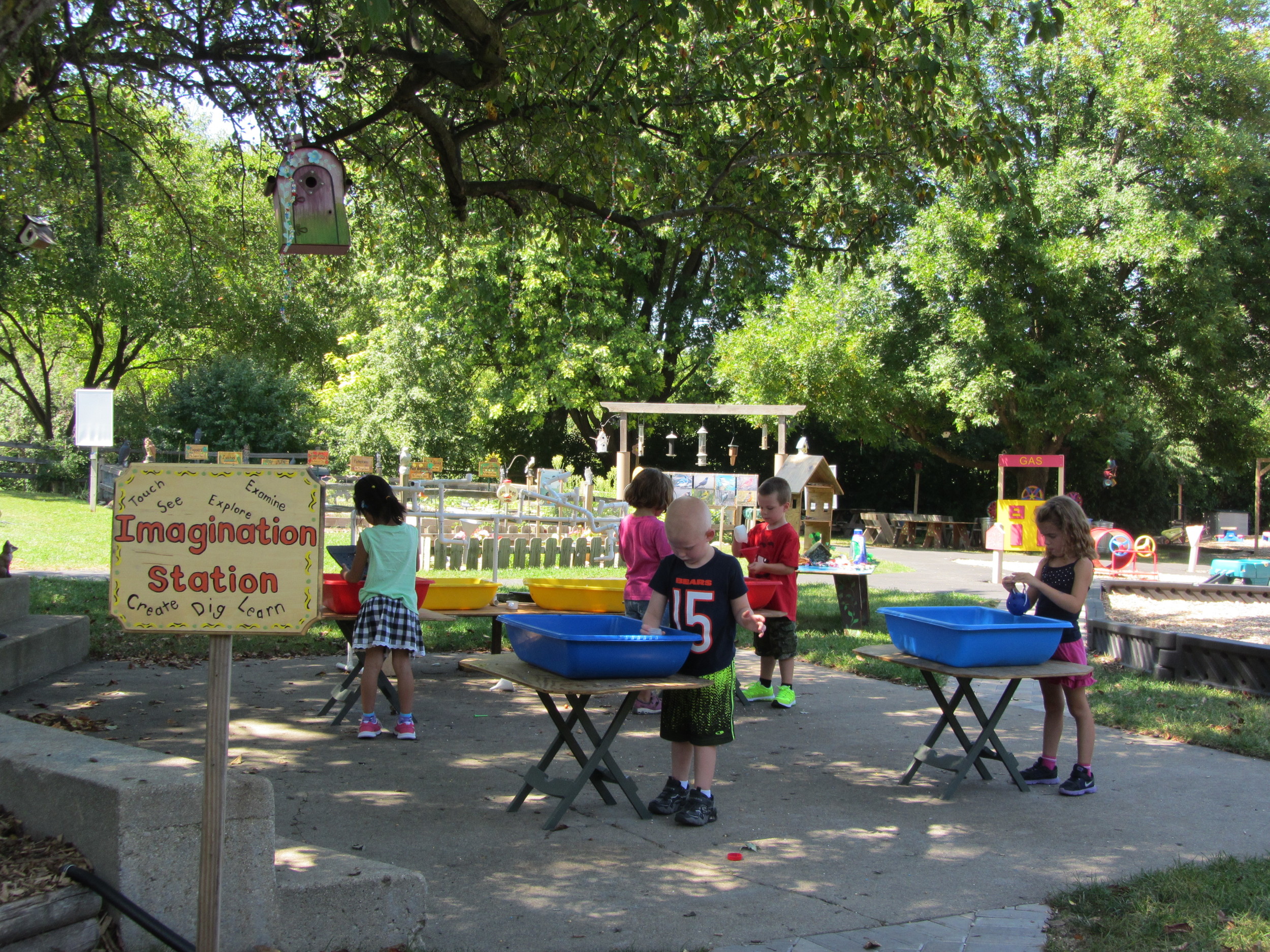

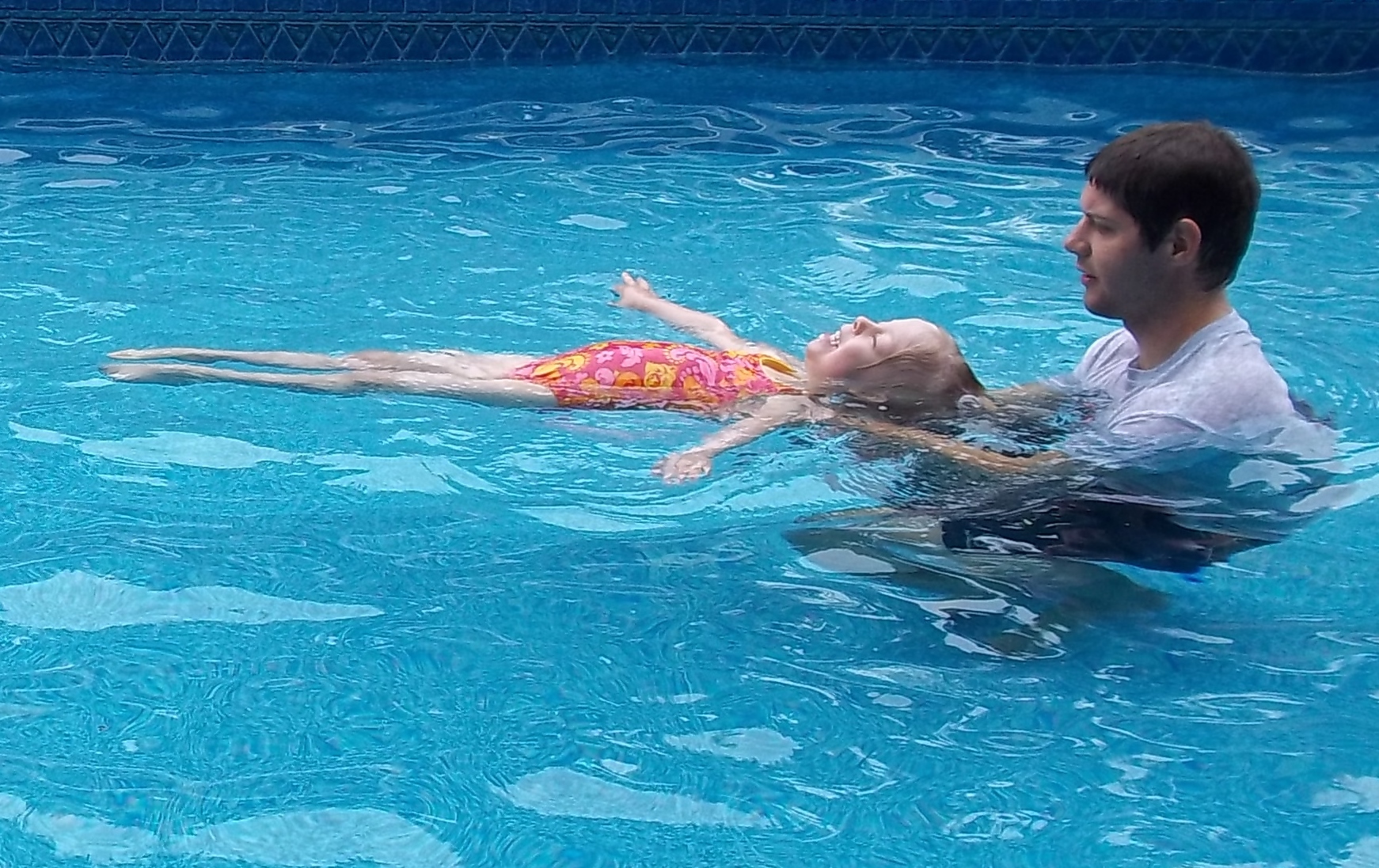
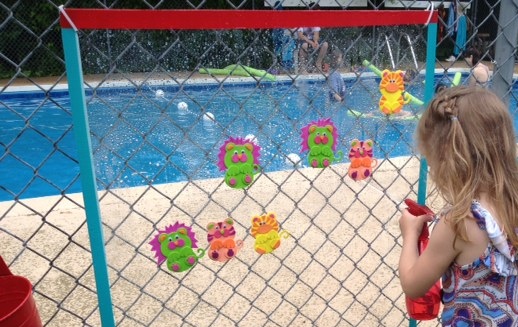

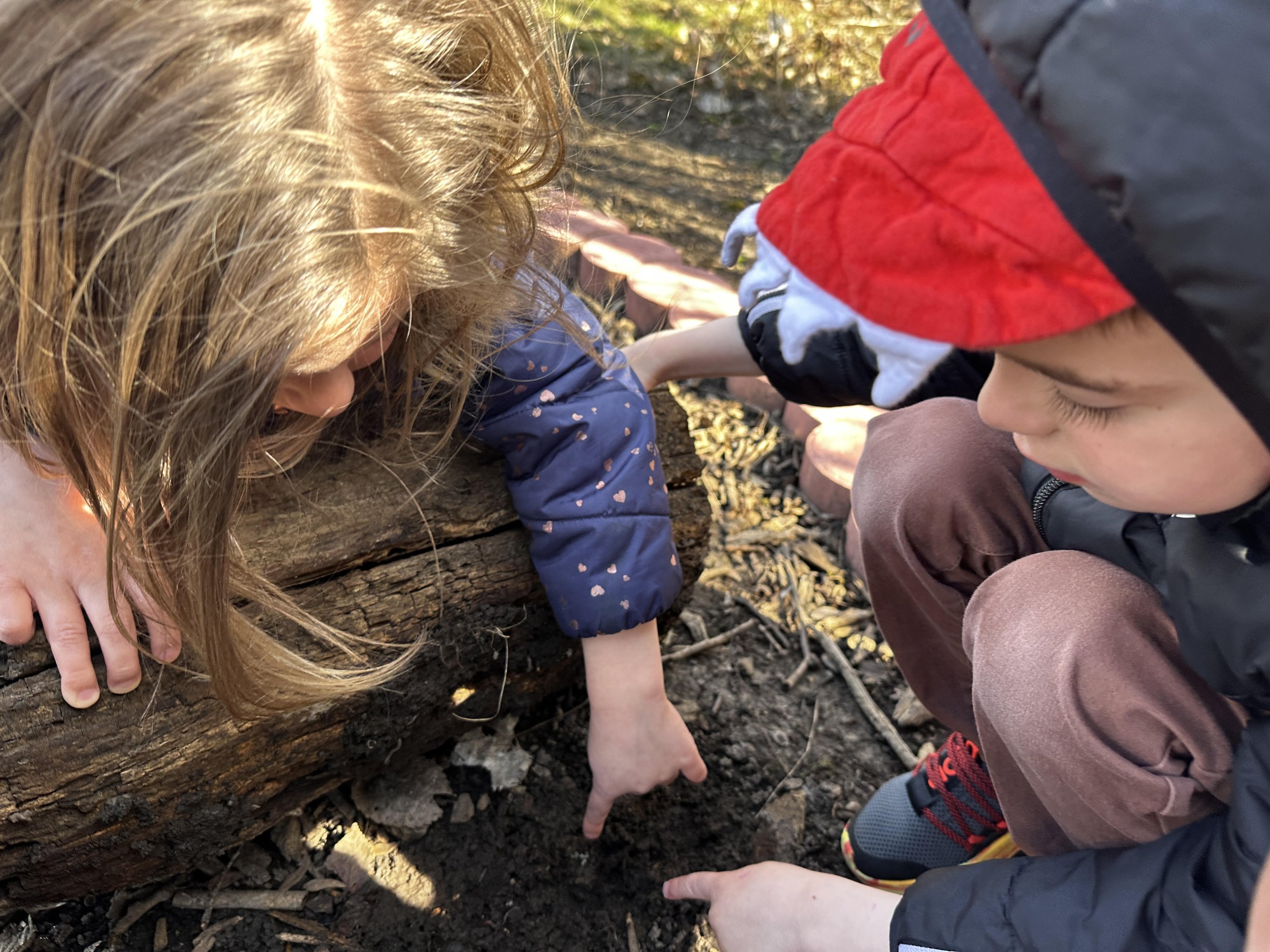


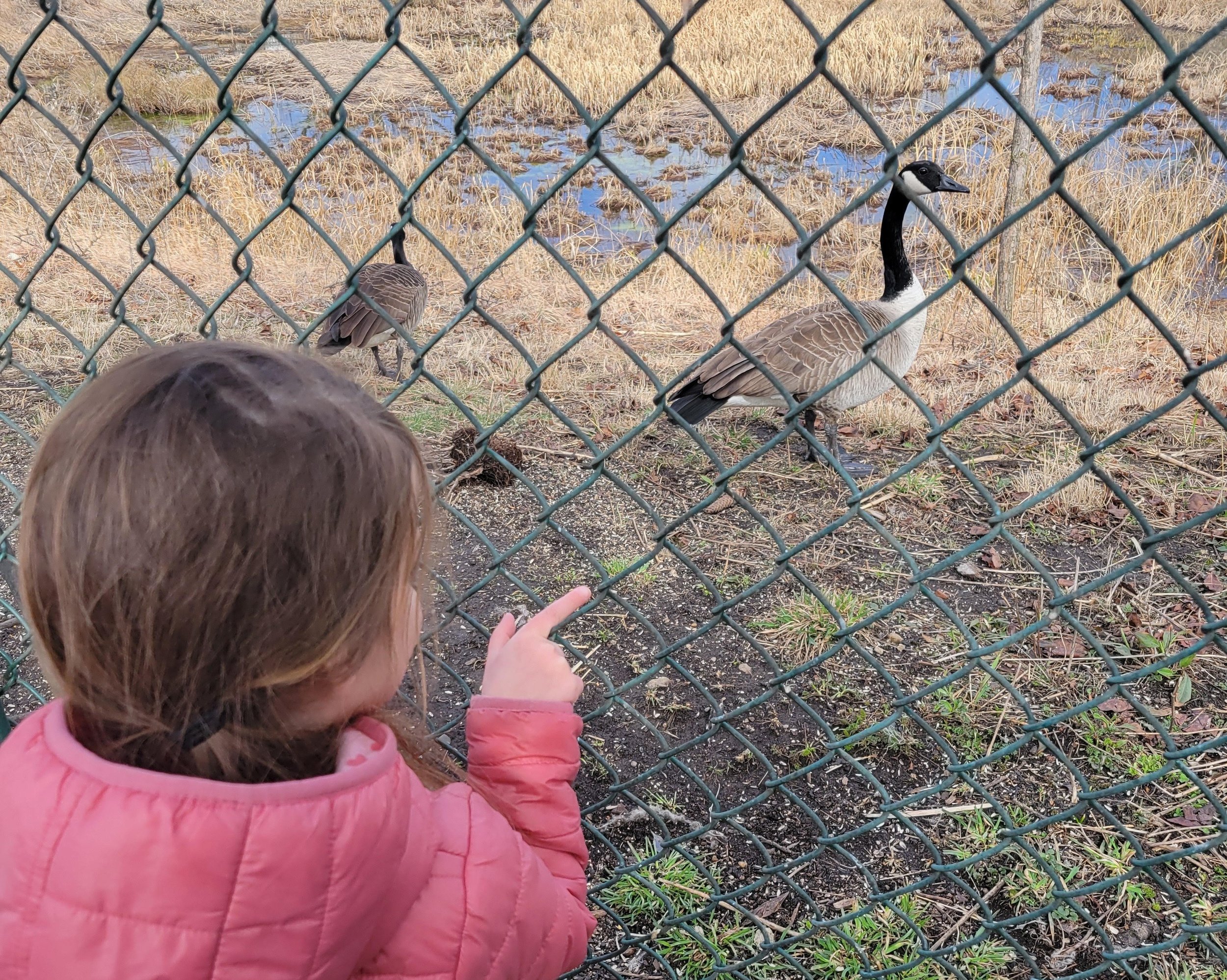
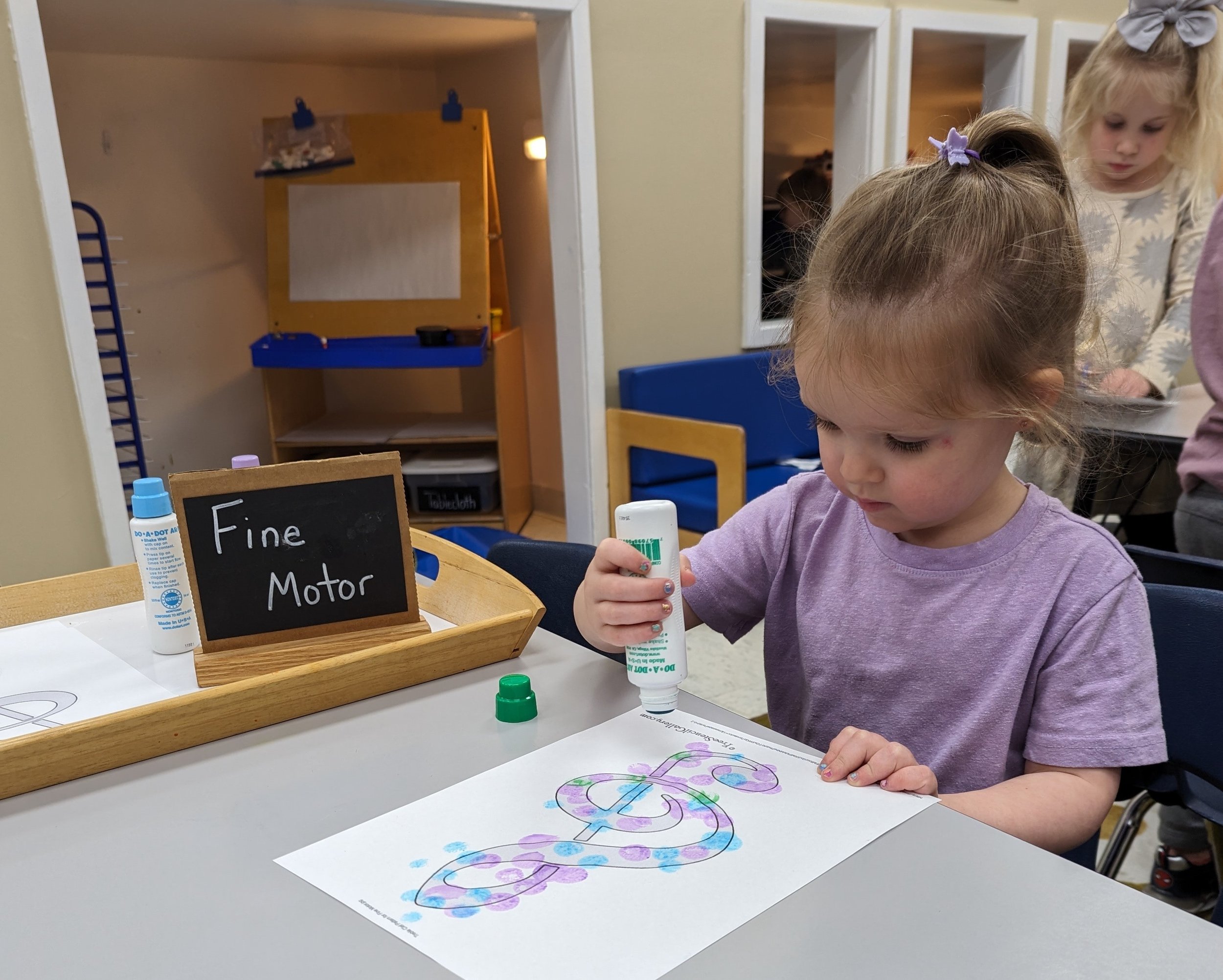


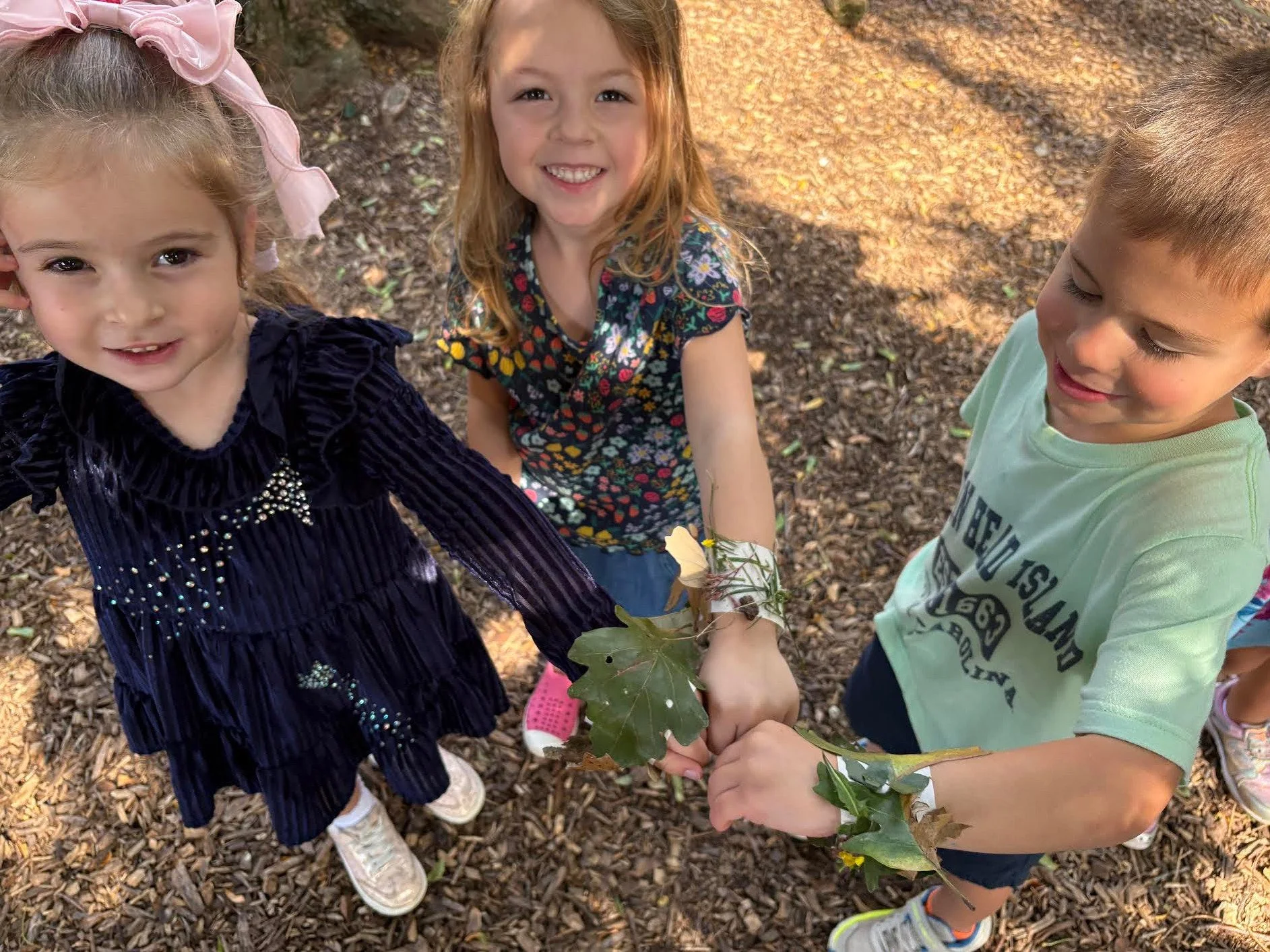
Wonderful testimonials, such as those shown when clicking the above arrows, are now being posted on many websites. However, a true testimonial comes from physically talking with someone who has first hand experience. We have parents at each of our locations that would be happy to speak with you regarding our schools.
Please feel free to contact us for this information.